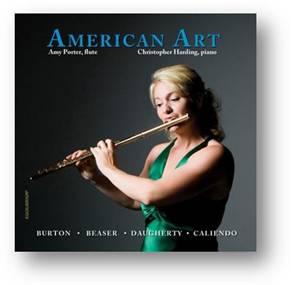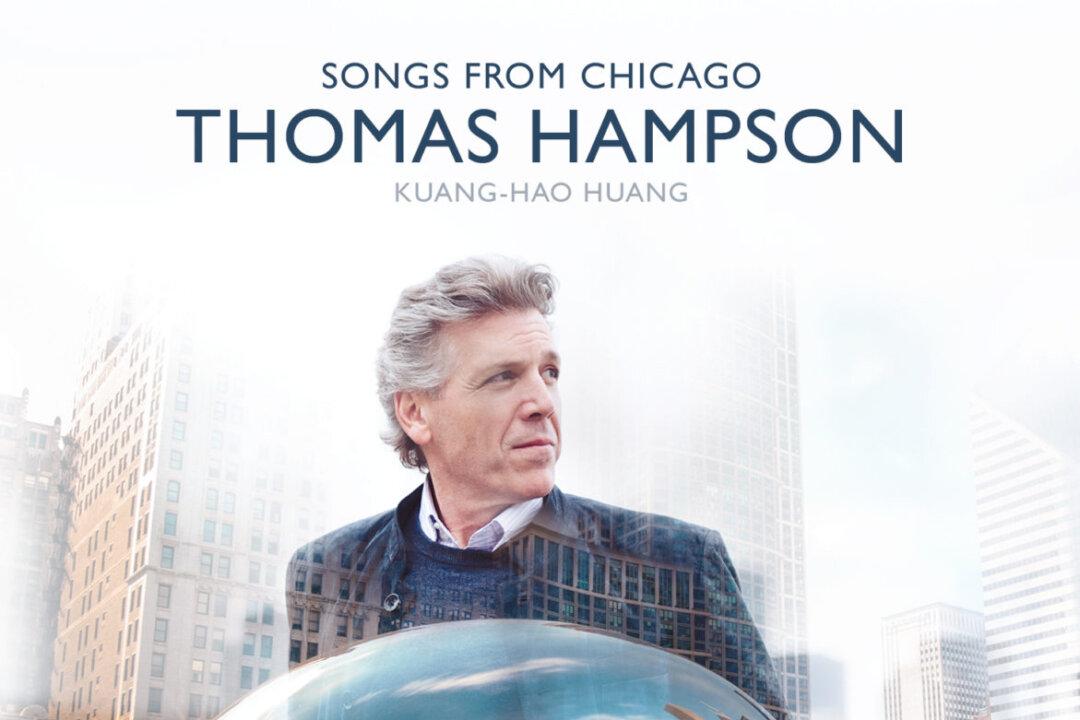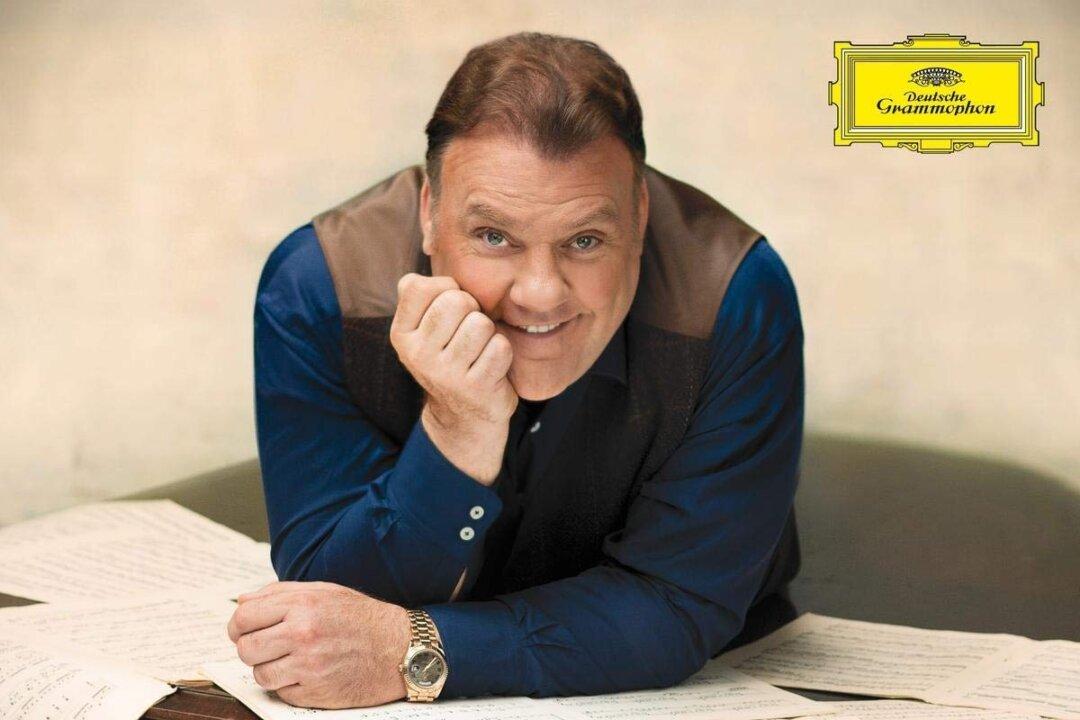Amy Porter is in demand around the world as a performer and as an educator. She hails from Wilmington, Delaware and is a graduate of the Juilliard School.
Two new releases on Equlibrium show off Porter’s supreme technique as well as her versatility and scholarship. “In Translation” is a double-CD solo set in which she plays her own transcriptions of J.S. Bach’s Cello Suites. The composer himself was open to the idea of transcribing works from one instrument to another (such as violin to harpsichord) and others have continued this practice. Bach, in fact, wrote only one piece for the flute, “the Partita in A minor.”
The title of the set alludes to the fact that Porter does not try to play all of the music in the suites. Rather, she has transcribed 25 movements from the works. The sound of the flute is higher than the cello and she wants to avoid strident notes. Also, flute players are limited to the extent they have to stop and take a breath. She uses these pieces in teaching and suggests in the liner notes that students use this CD and edition as a “blank canvas for learning their own interpretation.”
Like the Notebook for Anna Magdalena Bach, which Bach intended as a pedagogical tool, the flute transcriptions have an intrinsic beauty. While they will no doubt inspire students of the flute, they will charm even casual listeners. If you have room in your collection for only one set, then stick with the cello version by Pablo Casals or a later rendition. But this set, performed with grace, merits repeated listening.
Porter’s other new CD, “American Art,” is quite different. Performed with piano accompaniment by Christopher Harding, these pieces are all by contemporary American composers. The music is all tonal and accessible and, of course, exceptionally well played. Eldin Burton (1913-1981) wrote his Sonatina for Flute and Piano (1948), for a flute competition, which he won. The work was dedicated to Samuel Baron, who played it at the premiere performance with Burton at the piano. Baron was one of Porter’s teachers at Juilliard and probably brought the engaging piece to her attention. The Variations for Flute and Piano (1982) by Robert Beaser (Professor and Chairman of the Composition Department at Juilliard) is arranged into three-movements of five variations each. Michael Daugherty’s “Crystal,” evokes the world of gypsies. The title alludes to crystal balls through which gypsies tell fortunes. The piece was taken from the composer’s 2004 Concerto for Orchestra and the arrangement was made by Daugherty especially for Porter. On the recording, the flute is played by Yi-Chun Chen and Porter plays alto flute. There are also metal wind chimes (by the flutists, either alone or together) and piano. The Flute Sonata No. 3, “The N.C. Wyeth Sonata” (2006), by Christopher Caliendo was written for Porter, who gave its premiere performance. The work was inspired by the artist and the third movement, “Bronco Buster,” is a reference to a famous Wyeth print. The second movement is an elegy for the young son of the artist’s mentor, Howard Pyle. The boy died during the period when Wyeth was studying with Pyle.
A different piece by Caliendo appears on a delightful album, “Gran Danzon” (on Blue Griffin) by another gifted American flute player, Martha Councell-Vargas. The CD contains four works that combine European classical forms with dance rhythms from the Americas and the Caribbean. Richard Steinbach is on piano and Olman Piedra contributes percussion to the title track. Caliendo’s work is Sonata No. 7 “The Jazz Sonata” for flute and piano, a three movement sonatina with a North American jazz pulse. Andres Sas’s “Sonatina Fantasia” has a Peruvian influence. “Transparencias” is Eduard Gamboa’s work, imbued by Mexican folk and dance music. “Gran Danzon” by Paquito D’Rivera is a classical concerto paying tribute to the national dance of Cuba, played here in a chamber version for flute, piano and percussion. In fact, the flute was an important part of Cuban dance orchestras. Councell-Vargas performs all the pieces with flair.






